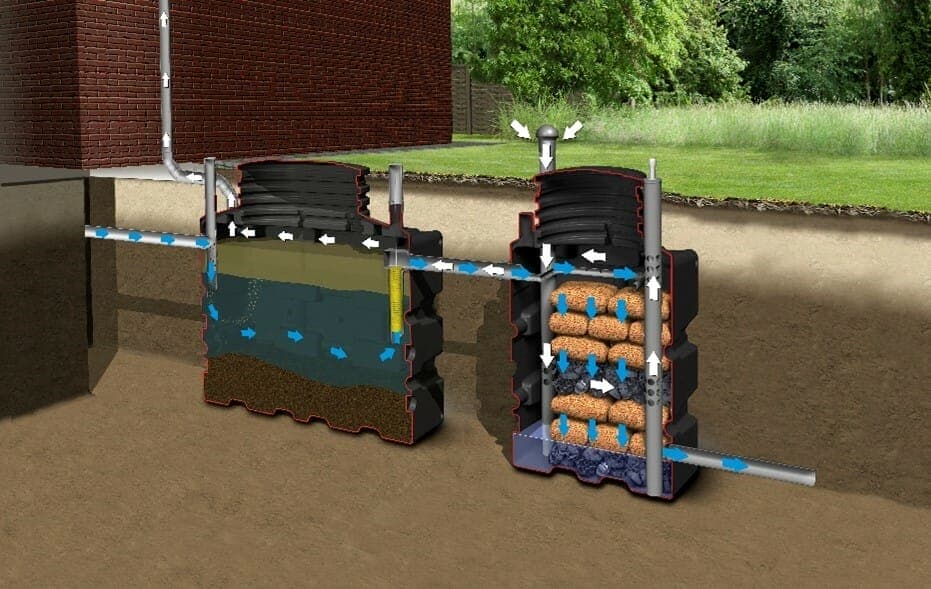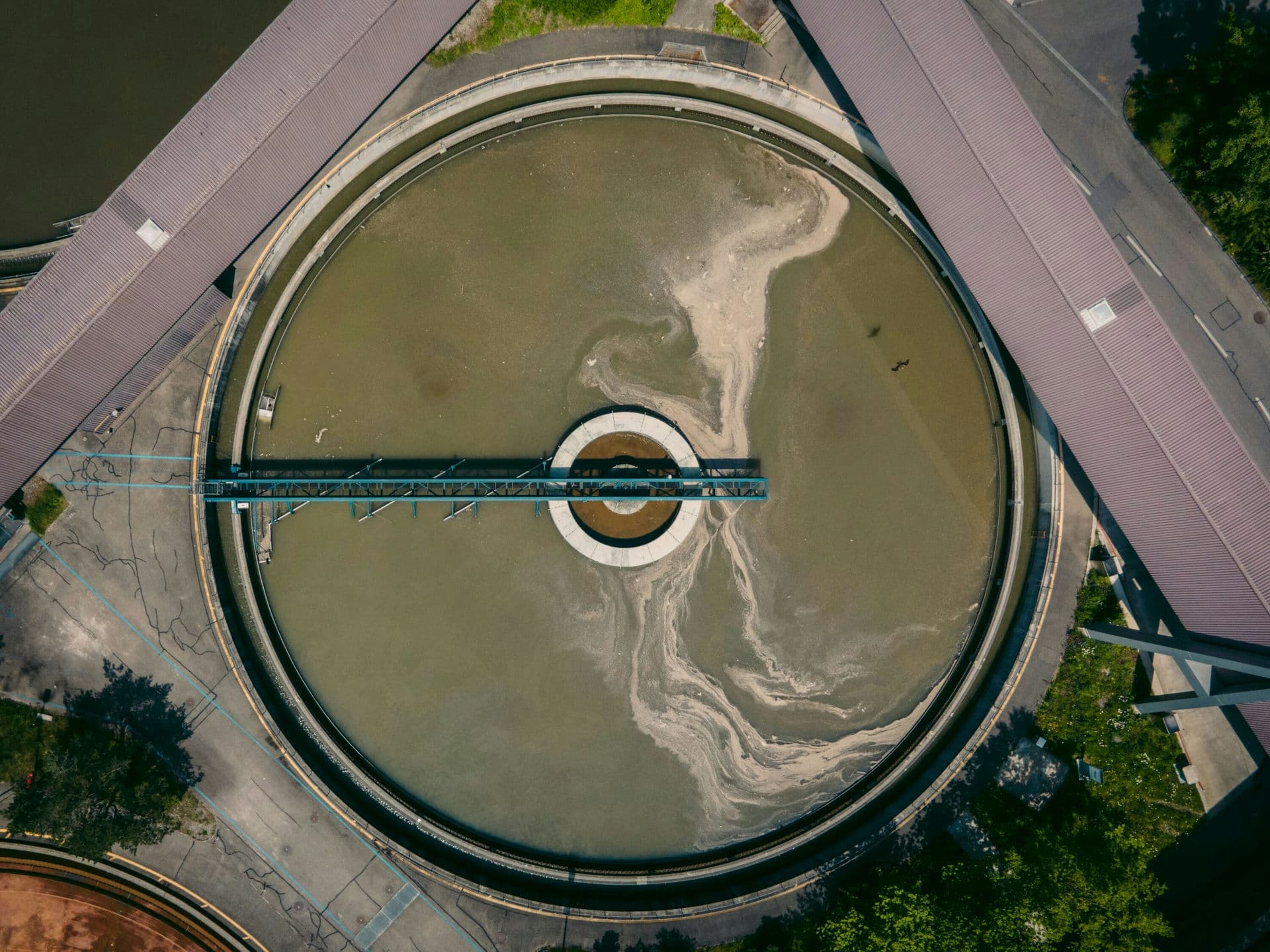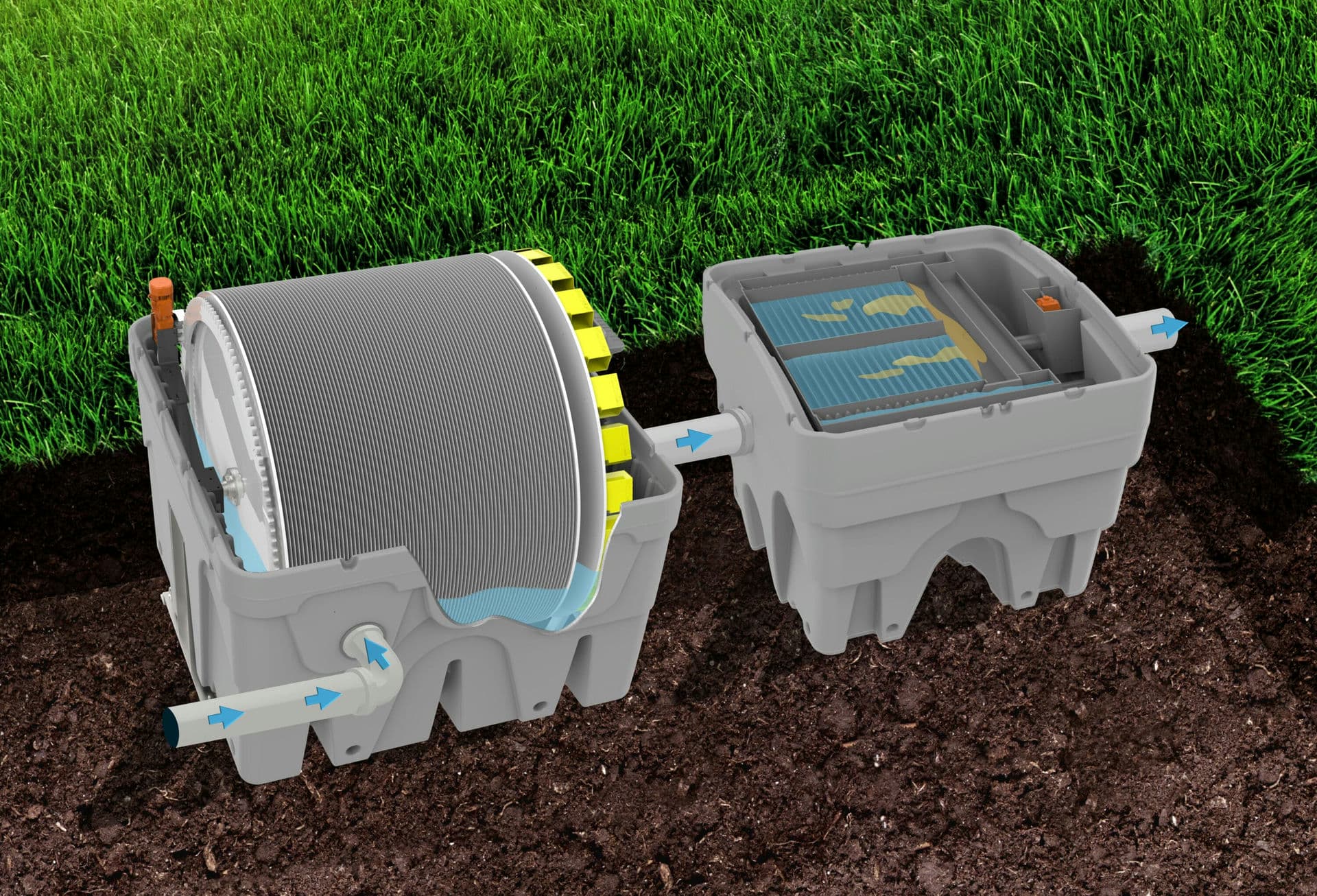There are two main types of wastewater treatment: collective and non-collective. The purpose of the wastewater treatment diagnosis is to decide which type of sanitation is best for your needs. There are many factors to consider when making this decision, such as the size of your property, the amount of wastewater produced, and the soil type. In this blog post, we will discuss the differences between individual sanitation and mains drainage.
The purpose of the wastewater treatment diagnosis is to decide which type of sanitation is best for your needs. There are many factors to consider when making this decision, such as the size of your property, the amount of wastewater produced, and the soil type.
Every day, households produce different levels of wastewater. If this water is not treated before being released back into the environment, it can be harmful and polluting. To prevent this, the wastewater must go through a specific network for treatment first.
There are two main types of wastewater:
The sanitation diagnosis was thus set up to ensure that people don't fling waste straight into nature. The diagnosticians will examine the state and conformity of the house's drainage system to achieve this.
There are two main types of wastewater treatment: collective and non-collective. The main difference between the two is that, with collective wastewater treatment, the water is collected and treated at a central location before being released back into the environment. Non-collective wastewater treatment, on the other hand, occurs when each individual property has its own wastewater treatment system.
Individual sanitation is possible when the house is located in an area without a collective network. Otherwise, the homeowner is under a duty to connect his property to it. Within two years after the network is completed around his home, the owner must connect his sewage system to it.
There are many advantages and disadvantages to both collective and non-collective wastewater treatment. Some of the advantages of collective wastewater treatment include lower costs, less maintenance, and fewer environmental impacts. However, one of the disadvantages of this type of wastewater treatment is that it can be less effective in areas with high levels of pollution. Non-collective wastewater treatment can be more expensive and require more maintenance, but it is often more effective in areas with high levels of pollution.
 If the building or house is located in an area without a communal sewage system, the owner must install his own sewage system. This can include options such as a septic tank/primary tank, or a micro-station, a more ecological system. To avoid any penalties or fines, it is best to hire a professional company that is up-to-date with the current construction standards. The owner can technically take on the project themselves, but if the municipality finds any areas of non-conformity, they can order (and make the property owner pay for) corrective work.
If the building or house is located in an area without a communal sewage system, the owner must install his own sewage system. This can include options such as a septic tank/primary tank, or a micro-station, a more ecological system. To avoid any penalties or fines, it is best to hire a professional company that is up-to-date with the current construction standards. The owner can technically take on the project themselves, but if the municipality finds any areas of non-conformity, they can order (and make the property owner pay for) corrective work.
Please be advised that you are only required to have a sanitation diagnosis when selling a building or house that has a non-collective sanitation system. The owner has four years to fix any detected non-conformities that could create a health hazard or environmental risk. If the owner plans to sell the property, they have one year to bring it into compliance.
 Having a building or house that's connected to the city sewerage system is mandatory when the property is near a collective network. If not, then the owner of the said property must have it professionally done. Please keep in mind that the building must also have an autonomous sanitation system, even if it is connected to a collective sewerage system. This means that there must be both connections under the public road leading to the collective sewerage and under private property heading towards the autonomous system.
Having a building or house that's connected to the city sewerage system is mandatory when the property is near a collective network. If not, then the owner of the said property must have it professionally done. Please keep in mind that the building must also have an autonomous sanitation system, even if it is connected to a collective sewerage system. This means that there must be both connections under the public road leading to the collective sewerage and under private property heading towards the autonomous system.
Non-collective networks are only necessary when the property is difficult to connect. In this case, it will be necessary to set up a non-collective network.
The sanitation diagnosis is optional even when selling a house connected to the sewerage system but is recommended regardless.
At BIOROCK, we have developed 4 types of wastewater treatment plants. All our wastewater treatment solutions are non-collective and can treat wastewater for homes ranging from 4 PE (Population Equivalent) to 240 PE. Our sewage treatment systems offer a simple yet effective process that requires no electricity, has no moving parts and needs minimal annual maintenance.
One of the main benefits of having a BIOROCK sewage treatment plant is that it’s a long-term sustainable and economic investment. 
BIOROTOR, on the other hand, is a semi-collective wastewater treatment plant that can serve multiple properties. This optimized RBC system is a fully automatic, modular, wastewater treatment system, that was expertly developed for communities of up to 10.000 PE.
Both of these plants use natural processes to treat wastewater without chemicals or few energy, making them both eco-friendly options.
There are many factors to consider when deciding between collective and non-collective wastewater treatment. It is important to weigh the advantages and disadvantages of each option in order to make the best decision for your situation. If you have any questions, BIOROCK is here to help! We can provide you with more information about our wastewater treatment plants, or help you find the best solution for your needs. Contact us today to learn more!
Please note that this blog post is not intended to be a substitute for professional advice. If you have specific questions about your situation, we recommend that you consult with a professional. Thank you for reading!